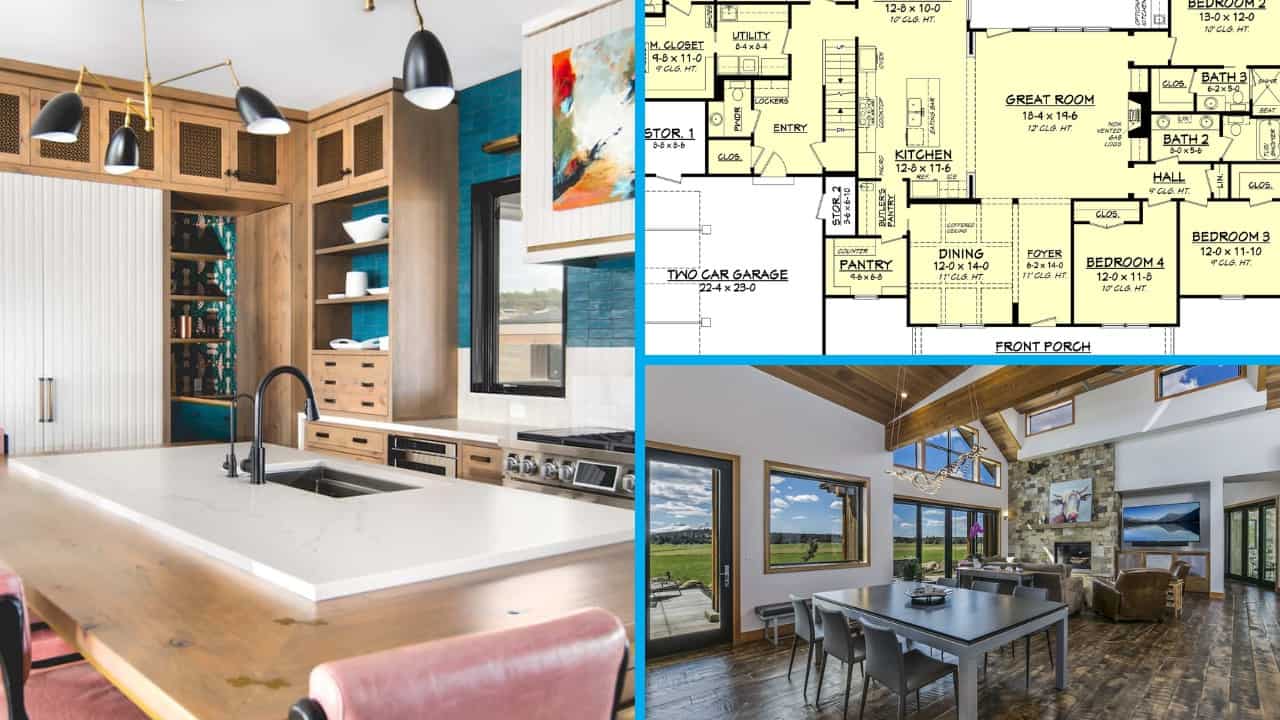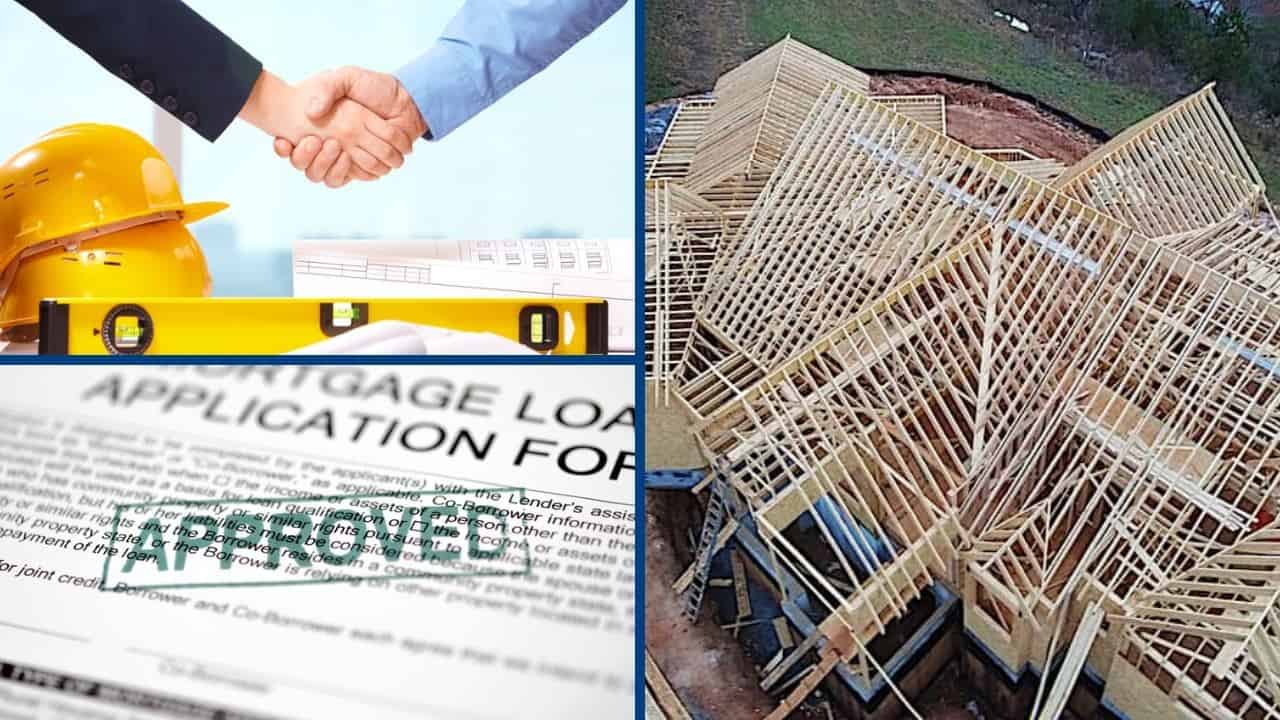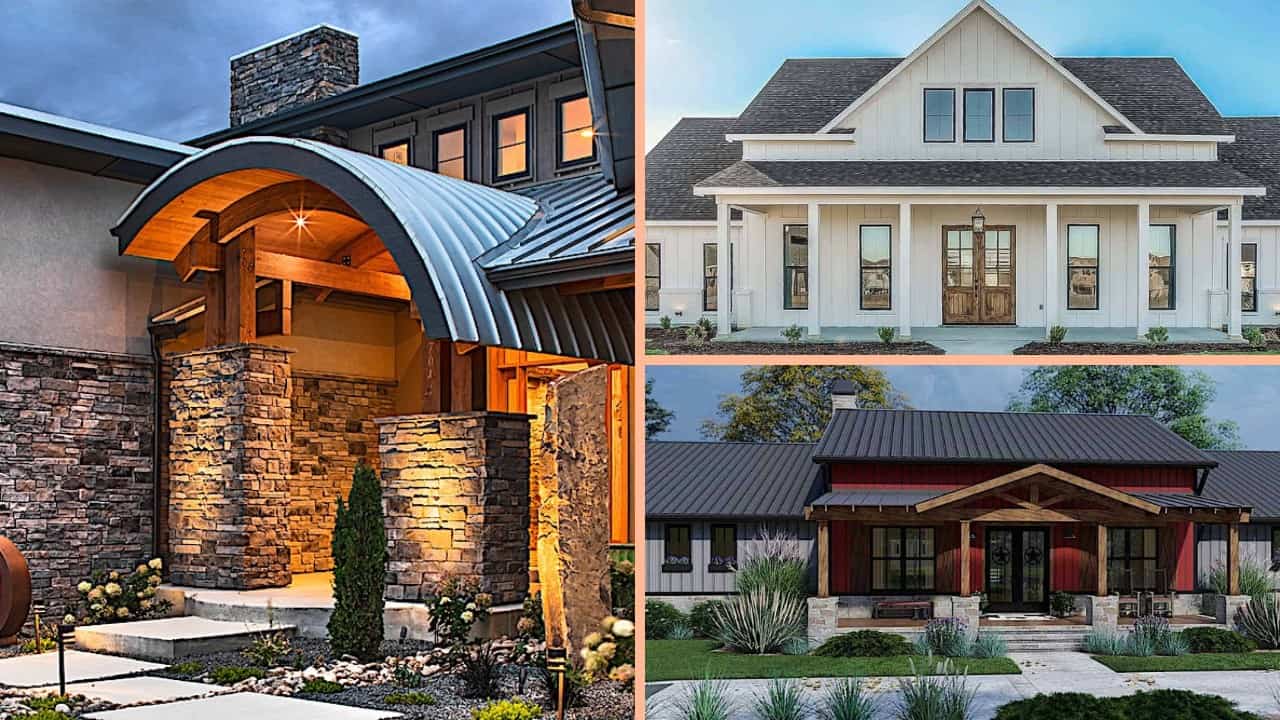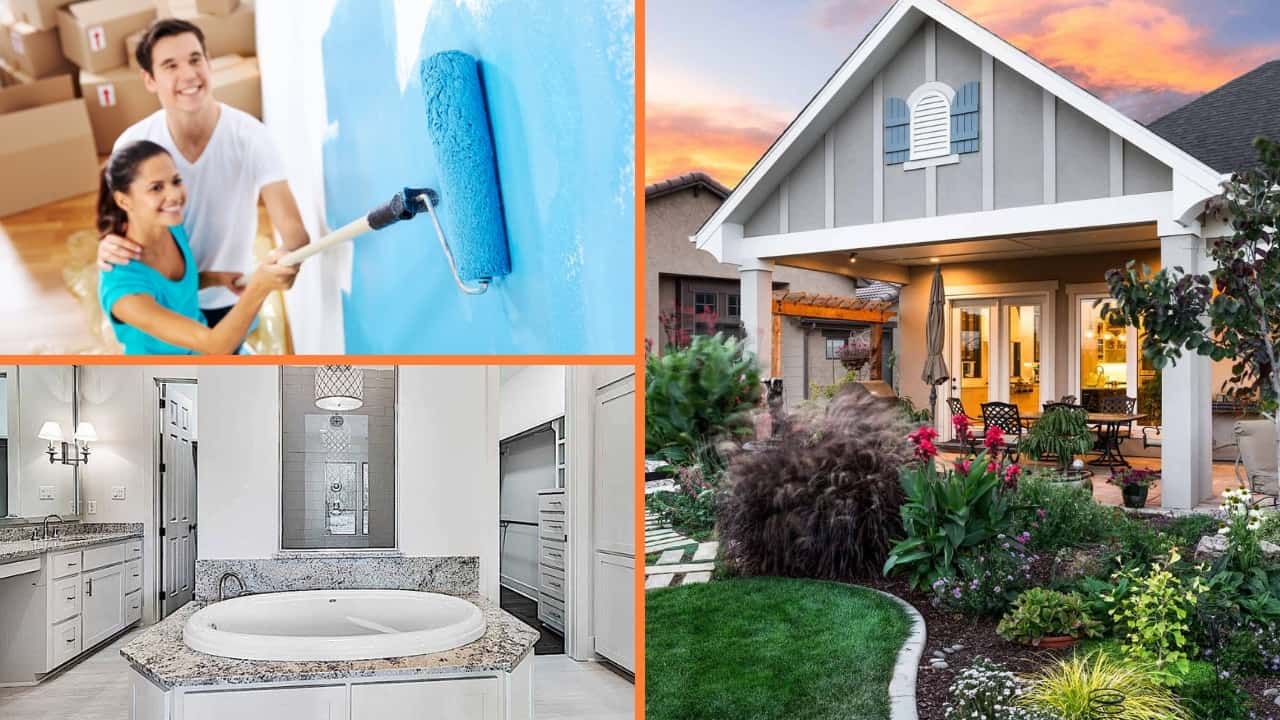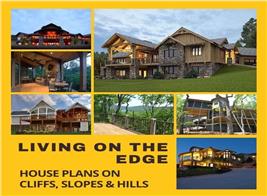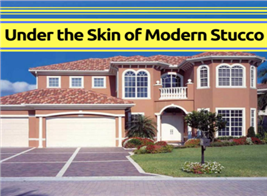Pros and Cons of Side-Entry Garages
By Tim Bakke | Updated October 06, 2023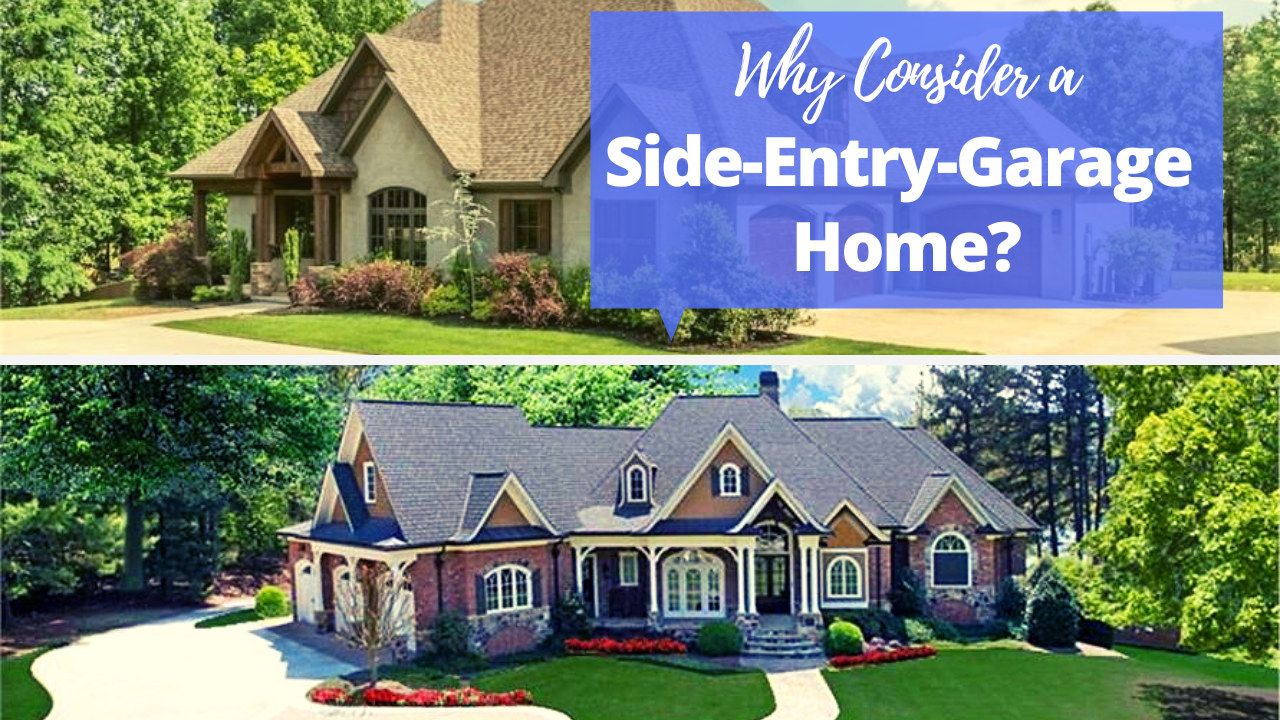
Pros and Cons of Side-Entry Garages
The garage has come a long way from its original purpose as a service wing for "storing" vehicles and an extension to the stables in a farm or country estate. It has evolved from a makeshift structure, a shed, and a room in a machine shop into a detached or attached structure that is now fully integrated into a home's design.
Today, more than 82 million homes in America include a garage. And, more than 79 percent of homes have at least a single car garage. Statistics from the U.S. Census Bureau show that in 2018, 434,000 of the 617,000 new single-family homes sold had a two-car garage.
In 2022, these garages are not just homes for their assorted vehicles. Yes, they still "store" and protect cars, but they have become almost indispensable parts of new homes and perform not just a practical function but also an aesthetic one. An attached garage can lengthen – or widen – a small one-story house, creating the appearance of a long, low home, or it can provide balance and symmetry.
There are several garage options for potential homeowners but well focus on the increasingly popular side-entry garage, its benefits and challenges — and why it might be right for your next home.
This attached front-entry 2-bay garage lengthens this delightful but smallish 1,400-sq.-ft. Ranch home, giving it a more attractive appearance from the street. The residence includes a landscaped front yard, an inviting porch, three bedrooms, two baths, and a rear patio (Plan #142-1008).
Enter the Side-Entry Garage
Ever since attached garages became fashionable in the United States, most house plans have featured the front-entry option. While this type can add balance and symmetry to the front of the home and provide opportunities for intelligent designs to make the home's exterior facade pleasing, for some, the large garage door at the front of the house is too much of an eyesore. And worse still is a glimpse of the clutter and stuff inside the garage – visible to everyone from the street when the garage doors are wide open.
Top: Certainly not an eyesore! This 2-story, 2,776-sq.-ft. Country home with three bedrooms and 2.5 baths has a front-entry garage constructed of the same brick material used in other parts of the exterior. The garage doors' small squares of dark brown and beige tones add to the appealing picture (Plan #104-1010). Bottom: A classic side-entry garage sits to the right of this Colonial style home, making the garage appear as an integral part o the house and making the home appear larger – without a conspicuous appendage (Plan #198-1154).
The side-entry garage is an attractive alternative for today's buyers searching for a new home. With the garage situated on the side, away from the front facade and out of sight, the buyers' focus shifts to the home's overall curb appeal.
A poll conducted by BuilderOnline on Houzz.com a few years ago revealed that potential home buyers preferred a side-entry garage over one accessed from the front. The main reason? Enhanced curb appeal!
Speaking of curb appeal, even in subdivisions or planned communities with Homeowners Associations, there are guidelines on garages and how they should look to compliment the main dwelling. For example, in the Briar Chapel Development in Chatham County, North Carolina, home architectural details, such as glass, brackets, or roof overhangs, are encouraged to de-emphasize the garage.
The focus is on the home's main entry area – the porch or stoop – to draw the eye away from the garage as much as possible.
Benefits of Side-Entry Garages
Over the years, as more architects and designers devised ways to integrate the garage into the home's overall look, the side-entry garage presented more benefits. Among them are
1. Enhanced curb appeal – With no garage doors to block the front of the home, there's the full view of its design and features that can be further improved with a landscape that combines softscape and hardscape elements beautifully.
2. Courtyard entry to the home becomes possible.
With the garage off to the side, the stunning beauty of this 2,422-square-foot, four-bedroom Ranch style home is on full display. Instead of massive garage doors in front, there's a well-manicured lawn lined with plants, shrubs, flowers, huge windows, and a clear sight of the home. (Plan #161-1097)
3. Without the street view of the large doors of a front-load garage, the home achieves a cleaner exterior facade. And when other cars are parked in the driveway on the side, they will not block the front of the house.
4. A side-entry garage is convenient for corner lot construction or one that is wide enough to allow for backing out space. Because the doors face the side of the property, the garage does not interfere with the home's front aesthetic.
Want curb appeal and ease of backing out of the garage? This 2-story, 3-bedroom contemporary Craftsman home built on a corner lot packs several attractive features in its 1,946-sq.-ft. space: rock and stone exterior, white columns on stone pedestals, and decorative details on the gables (Plan #104-1064).
5. The side-entry garage can increase the property value of the home by lengthening it and making it appear bigger.
6. Because they face the side of the property – away from the home's front entry, side-loading garages offer more privacy.
Challenges of Side-Entry Garages
Then there's the other side of the coin – the challenges presented by side-entry garages.
1. Lot considerations and expenses – A side-entry garage usually requires a larger plot of land and more of an investment for the homeowner to install a sizable driveway and enough space for vehicles to turn into the garage and move in out of it. (Experts recommend a minimum distance of 30 feet from the garage door to the edge of the pavement – and ideally a distance of 35 feet or more).
Installing a driveway costs money. Because the side-entry garage needs a longer driveway and more sidewalks, it is more expensive than a front-loading one.
With its wide driveway, there's no problem getting in and out of the side-entry garage of this gorgeous 1-story Craftsman-style home. The luxurious home – with its beautiful lawn and landscaped front entry – offers 3,999 sq. f.t of heated and cooled living space and includes a welcoming front porch, three bedrooms, three full baths, two half baths, and a sundeck, a rear porch, and 3-car garage with an optional workshop (Plan #198-1011).
2. A side-entry garage presents more maneuverability challenges to those with larger vehicles.
3. If your property is on an uphill slope – and you want the privacy provided by a side-entry garage – the option is a drive under garage. In coastal and beachfront homes or areas where the living spaces must be elevated, a garage at a lower level than the main floor is the answer.
Favorite Homes with Side-Entry Garages
Coastal Style
Take a peek into the drive of the stately one-story Coastal style home shown above, and be amazed by the architectural details of the front entryway – the covered porch, decorative brackets on the eaves, symmetry of the windows. The three-car side-entry garage fits perfectly into the exterior facade without being the focus. The 4,828-square-foot home includes four bedrooms and two baths.
Contemporary Style
Here's another stunning home with a spectacular front entry. In this striking Contemporary home, the three-car side-entry garage completes the L-shape property and flows seamlessly with the exterior design. The one-story, 3,869-square-foot home comes with four bedrooms and four baths.
Craftsman Style
The lovely two-story Craftsman home shown here has a great lake view basks in its serene and peaceful setting. Spread out over 3,314 square feet of living space, the three-bedroom, 4.5-bath home has a courtyard entry, a portico, an open floor plan, a loft, a main floor master, a laundry room, and a three-car garage side-entry garage that connects to the utility room.
European Style
A fabulous two-story, 4,376-square-foot European-style home (top) with a spectacular courtyard entry and Tudor detailing. The magnificent residence has four bedrooms, 4.5 baths, double front doors leading to a two-story vaulted foyer, a first-floor primary suite with a sitting area, main-level laundry, a library, a gourmet kitchen, and more. There's a very inconspicuous side-loading three-car garage (see floor plans below). The floor plans (above) show the side-entry three-car garage. Over the garage is a bonus room that can be converted into a number of usable spaces.
Rustic Manor House
The two-story rustic Country manor home shown above is impressive in its architectural details and features and its landscaping – and a winding driveway that leads to a four-car side-entry garage that is partially covered by shrubbery. The garage itself is an L-shape, with one two-car section facing the front and the other two-car section facing the side. The 4,531-square-foot home has three bedrooms, two bathrooms, two half-baths, a main floor master, mudroom, exercise room, walk-in pantry, and other luxurious features.
Garages in America: The Backstory
From the early 1900s, when wealthy Americans were importing their cars from Europe, and later when the Ford Motor Company began manufacturing affordable models for the working middle-income groups, owners had to find structures to store their vehicles and protect them from the elements. These "homes" for their cars ranged from modified carriage houses, barns, and sheds built as extensions or additions to stables by the well-to-do for their vehicles.
The structures were equipped with doors that could swing open and closed, repair pits, storage cabinets, washbasins, pumps, gas tanks, and overhead hoses suspended from the ceiling for washing. They also included facilities for chauffeurs and mechanics.
While the wealthy had their expensive garages, middle-class owners opted for a more economical route – the small portable garage available by mail-order and made of sheet metal or prefabricated wooden sections with seams covered by vertical battens. These portable ones measured nine feet in width, 15 feet in length, and over nine feet in height — and basically accommodated just one car. The garages were ideal for renters and vacationers who could efficiently move their vehicles when they left home.
Some automobile owners began attaching the garage to the home as a wing and had doors that opened directly into service areas of the house. By 1910, attached garages were very much in the picture; and by the mid-1920s, the demand was high among potential homebuyers who wanted a functional and attractive garage.
It wasn't long before architects and designers began incorporating the garage into a home's design. And more homes featured attached garages that were accessed from the front facade, the side of the house, or by going under the home's main floor.
While a side-entry garage presents challenges, they are fewer than the benefits – and think about the fantastic curb appeal and lasting first impression of a clean and uncluttered front of the house.
Footnote: The upper photo in the lead image of this article is an eye-catching 1-story, 4-bedroom, 3.5-bath Craftsman-style home with rustic and European influences. The 2,470-sq.-ft. home includes a 3-car side-entry garage. For more details on the features of this lovely Craftsman home, go to Plan #153-2050.














